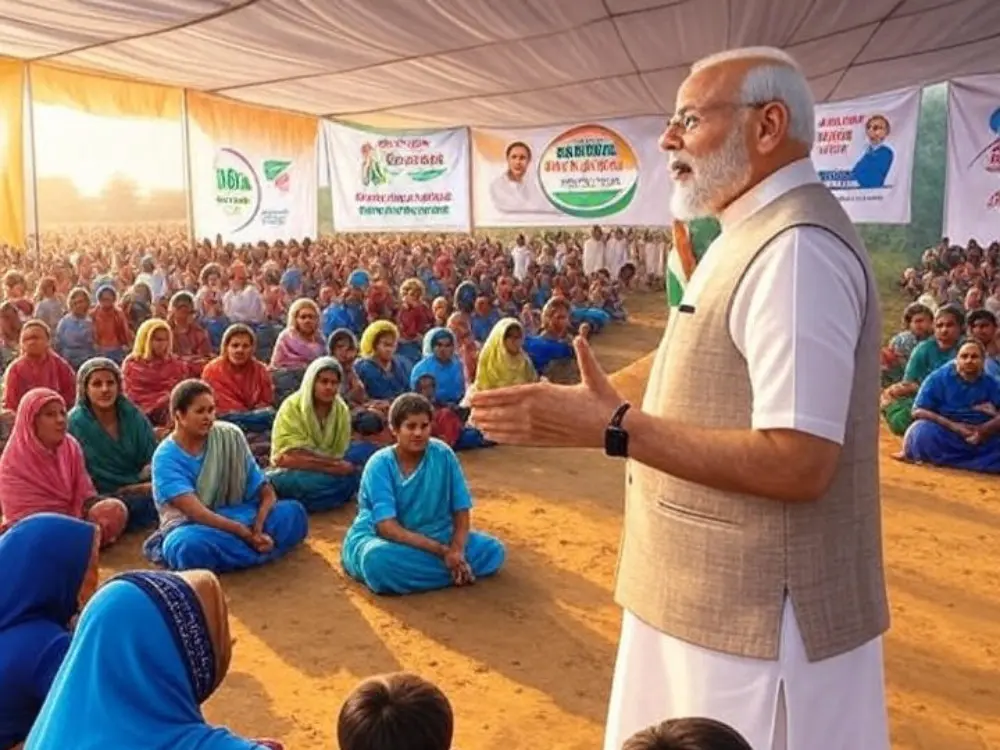Gulab Bari, meaning “Garden of Roses,” is a captivating place that beautifully combines history and tranquility. Built in 1753 by Nawab Shuja-ud-Daula, known for his love of the arts and lavish lifestyle, this enchanting complex is a charming blend of Mughal architecture and natural beauty. The mausoleum at Gulab Bari showcases Indo-Islamic design, featuring white marble, arched doorways, and intricate stucco work adorned with traditional Mughal motifs. The gardens follow a Char Bagh layout, with pathways and water channels dividing it into four quadrants, representing the four rivers of Paradise. This layout reflects the Nawab’s appreciation for Mughal aesthetics, making Gulab Bari a serene retreat with a rich historical significance.
Gulab Bari’s main attraction is the stunning tomb of Nawab Shuja-ud-Daula, who was the third Nawab of Awadh. He built this impressive structure while he was alive, showing off his fancy taste and great architectural skills. The mausoleum follows the Islamic style, featuring a two-story building with detailed stucco work and arched verandahs. Minarets at the corners give it a royal touch, and the grand entrance gate hints at the splendor inside.
Table of Contents
ToggleA Char Bagh Paradise
Gulab Bari is more than just a tomb; it’s like a special Mughal garden called Char Bagh. The garden has green paths that divide it into four parts, representing the four rivers of Paradise. There are also little water channels and fountains that make the place feel calm and peaceful. And, let’s not forget about the roses! The garden is full of different colored roses, making it magical with their vibrant colors and lovely smell.
Beyond the tomb, Gulab Bari is important to the local people. They visit it for quiet thinking and prayer. The place also hosts cultural events, making its old walls come alive. Talking about its importance in the past, Gulab Bari shows how fancy and skilled the Awadh Nawabs were in the 18th century. It also tells us that the Nawab was interested in people of different religions, as there are both Islamic and Hindu structures in the complex, including a temple for Hanuman. Gulab Bari was a big deal for religious events during the time of the Nawabs. As time passed, Gulab Bari got a bit ignored, but in the 20th century, people worked to fix it up and keep it safe. Now, it’s a protected place under the law, and lots of tourists come to see it because of its history, beauty, and peaceful vibe.
Here’s something interesting: Some stories say there’s a secret tunnel under Gulab Bari that goes to Lucknow, which could have been an escape route for the Nawabs. Also, the tomb of Bahu Begum, Nawab Shuja-ud-Daula’s beloved wife, is close by, adding even more history and culture to the place.
Visiting Gulab Bari
Gulab Bari is a place you should definitely check out. It’s open from sunrise to sunset, and you don’t have to pay anything to get in. There’s a lot to do – you can admire the cool building, wander around the peaceful gardens, enjoy the sweet smell of roses, and learn about the history of the Awadh Nawabs.
You can take pictures, but just be respectful around the tomb. It’s a good idea to wear comfy shoes if you plan to explore the gardens.
Gulab Bari isn’t just a spot with old stuff; it’s an experience for your senses. You can feel the history in the air, see beauty in every flower, and find calmness all around you. So, if you’re looking for a break from the usual routine and want to be surrounded by history and nature, Gulab Bari is the place to be – it’s ready to welcome you with open arms (and lovely-smelling roses!).













